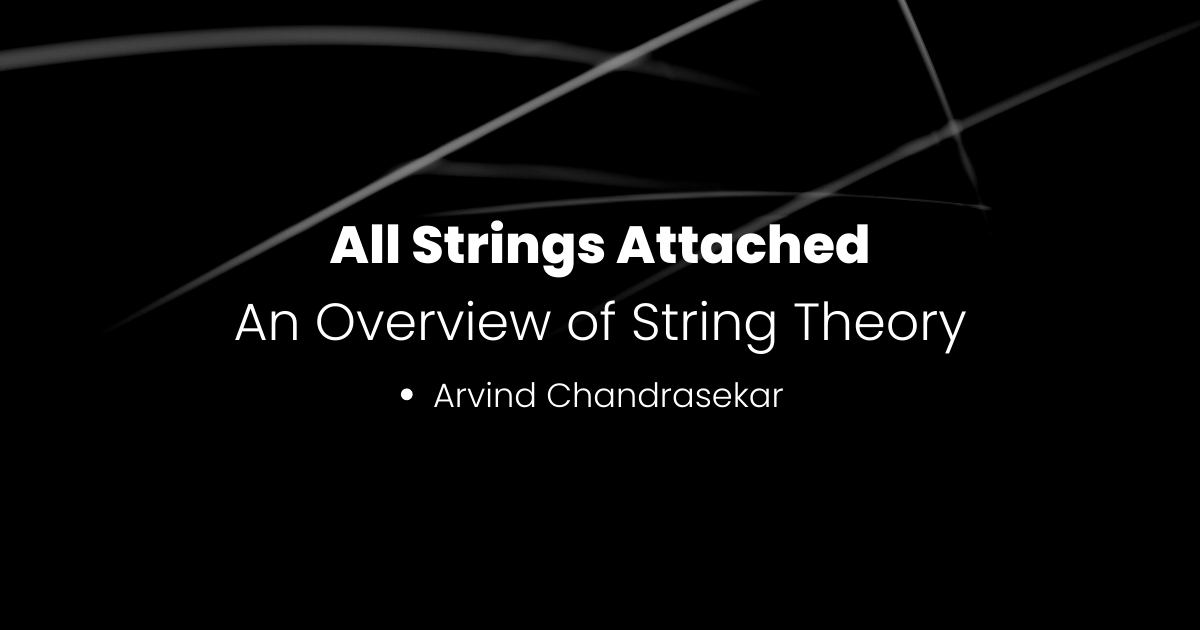Context
The very purpose of physics – for as long as the subject has been around – is the devout pursuit of equations to describe naturally occurring phenomena. As time and knowledge have progressed, these equations have multiplied innumerably, and physics now inches closer to a ‘Theory of Everything’, a theory or equation system that effectively describes all phenomena in our universe, allowing all other equations to be derived from it. One such candidate for the Theory of Everything is string theory; a proposition that seems to fulfill the arduous task of unifying the fields of general relativity and quantum physics. So, what exactly is string theory?
Explanation
String theory postulates that the smallest constituents of matter aren’t particles, but are in fact, one-dimensional strings. These strings – estimated to be about 10-33 cm in length – help determine different properties of the particle they make up, such as its charge, mass, and spin, thanks to the order of their particular vibrations. The simplest string theories involve two types of strings, being open and closed strings, namely. An open string comprises endpoints, while closed strings do not, and are instead said to be circular in shape. One such vibration of a string is said to produce a ‘graviton’, a hypothetical quantum of the gravitational field – this is where string theory succeeds in uniting the big and small, i.e. general relativity and quantum mechanics. It is this apparent simplicity and elegance of the theory that makes it seem so appealing to scientists as a possible theory of everything. More advanced ameliorations of string theory involve ‘branes’, hypothetical and multidimensional equivalents of strings, created to rectify mathematical concerns that more primitive string theories pose. Branes are the foundation for theories such as the superstring theory or ‘M’ theory.
Implications and Limitations
The reason for the lack of string theory’s unanimous acceptance and the general controversy surrounding it stems from the implications of the theory itself. Firstly, string theory insinuates that our universe comprises 10 dimensions, as opposed to the generally accepted idea of 4 dimensions (i.e. 3 spatial and 1 temporal). Although certain scientists propose that these ‘hidden’ dimensions can’t be seen as they’re curled up into incomprehensibly small areas in space, the counterintuitive nature of the implication causes skepticism amongst many.
Additionally, the theory predicts unique universes, but none of these unique universes fulfill the conditions to be ours, with all of them failing to account for the existence of dark energy – another reason for the theory’s surrounding doubt.
Conclusion
For all the buzz surrounding string theory and all of its funkier alternatives, string theory in itself is still currently unfalsifiable, a direct consequence of its awkward implications and our current lack of advanced technology to test said implications. That being said, string theory’s popularity blossoms from its promise as one of the leading theories for the Theory of Everything, and so, it’s definitely worth the deep dive in my opinion.

